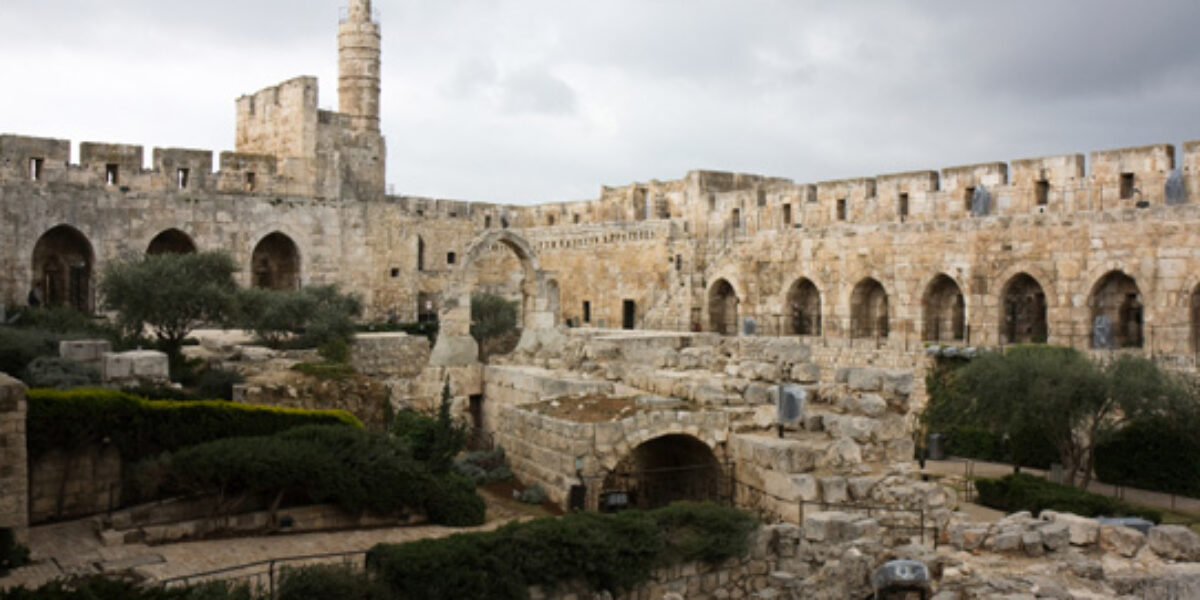The Roman Empire used local rulers to maintain order in the regions they conquered. Find out who these leaders were and what authority they had.
Roman policy was to respect local customs and the laws of the peoples they ruled. They let local people form councils to control local affairs. These councils usually included the wealthy and powerful people in a region, who were free to make laws and to force the people in that region to obey them. The chief priests and the rich people who worked with the Roman authorities formed the Jewish council based in Jerusalem. The Greek word for this council was the synedrion. After the Romans destroyed the temple in A.D. 70, the Jews began to use this name spelled in Hebrew (Sanhedrin) for the group that replaced the priests as the organizers and lawmakers of the Jewish people in Jerusalem. This group began to write down formulas for applying the Law of Moses. These interpretations developed into the “Mishnah” and “Talmud.”
The Romans also set up rulers in the areas that were under their control. These local kings and governors reported to the Roman senate or to the emperor’s representatives. For example, in 37 B.C. the Romans appointed Herod the Great as king of Palestine, partly because Herod’s father had helped the Romans take control of the region. Herod ruled until 4 B.C. and was responsible for rebuilding the temple in Jerusalem, which attracted many worshipers and visitors from all over the Roman Empire during the days of Jesus. The outer court of the temple, called the Court of the Gentiles, was a place where non-Jews (Gentiles) could come to see the beauty of this great building. They could also watch the temple priests offering sacrifices as representatives between God and the followers of Judaism. The high priest was the person in charge of the temple. He was able to hold this position because of the support of the Roman authorities. The income from gifts and offerings to the temple was the major source of money for the whole people of Israel.
When Herod died, his three sons were appointed by the Romans to rule Galilee and Perea, the land east of the Jordan River. Under the Herods, the priests and their supporters on the council gained greater power and wealth. Although John the Baptist and Jesus were born during the time of Herod the Great, it was Herod’s son, Herod Antipas, who was in power when they came to trial. Herod Antipas ordered the death of John the Baptist (Matt 14.1-12). During Jesus’ trial, the Roman governor, Pontius Pilate, sent Jesus to see Herod Antipas because Jesus was from Galilee, the area under this Herod’s rule. Usually, the Roman governors did not want to get mixed up in local problems and arguments. This is why Pilate sentenced Jesus to death only after the leaders of the people almost started a riot and argued that Jesus claimed to be a king of the Jews. This claim meant Jesus was considered guilty of rebellion against Rome and could therefore be put to death according to Roman law.




